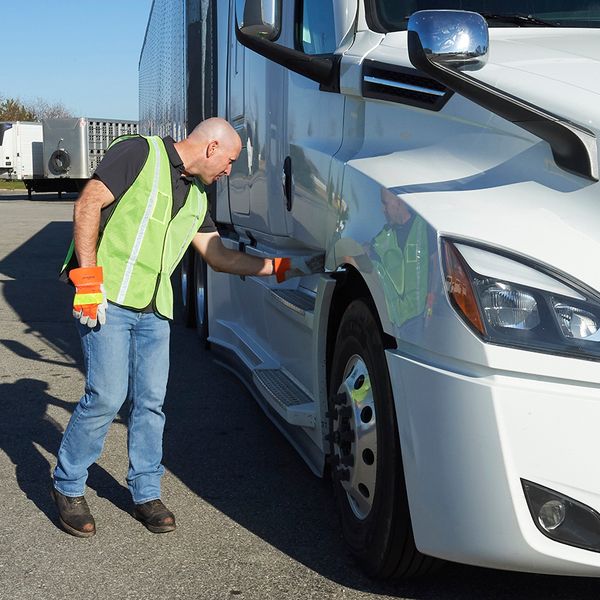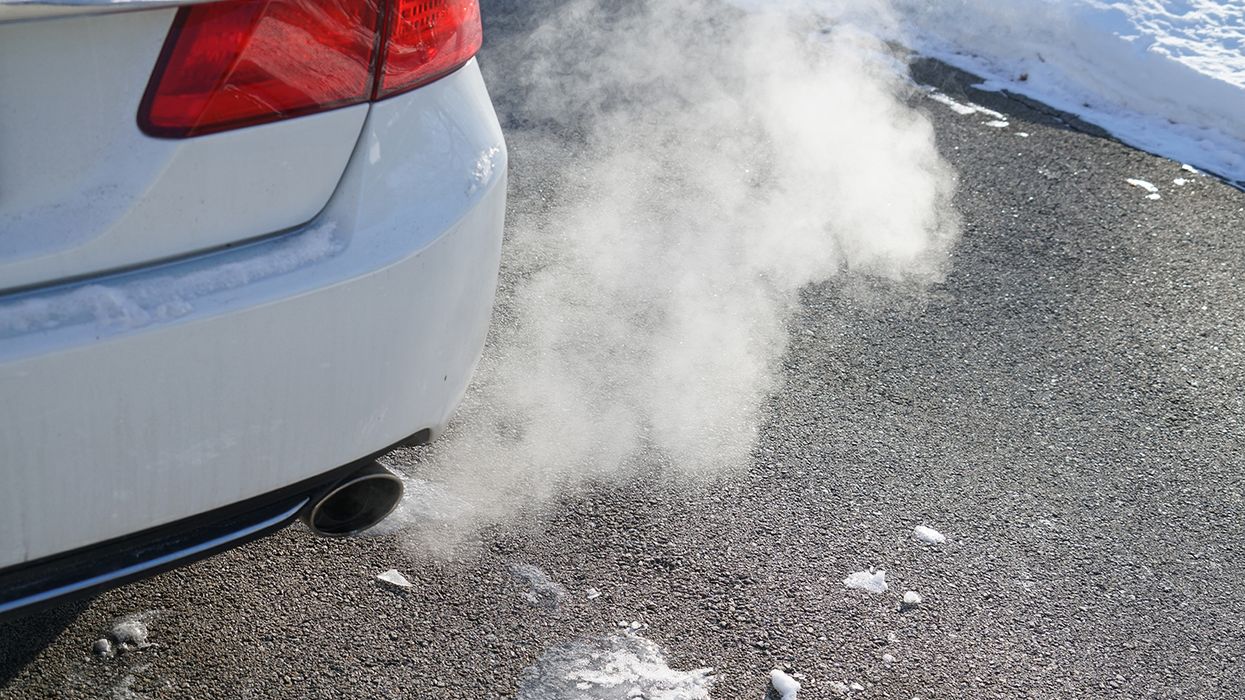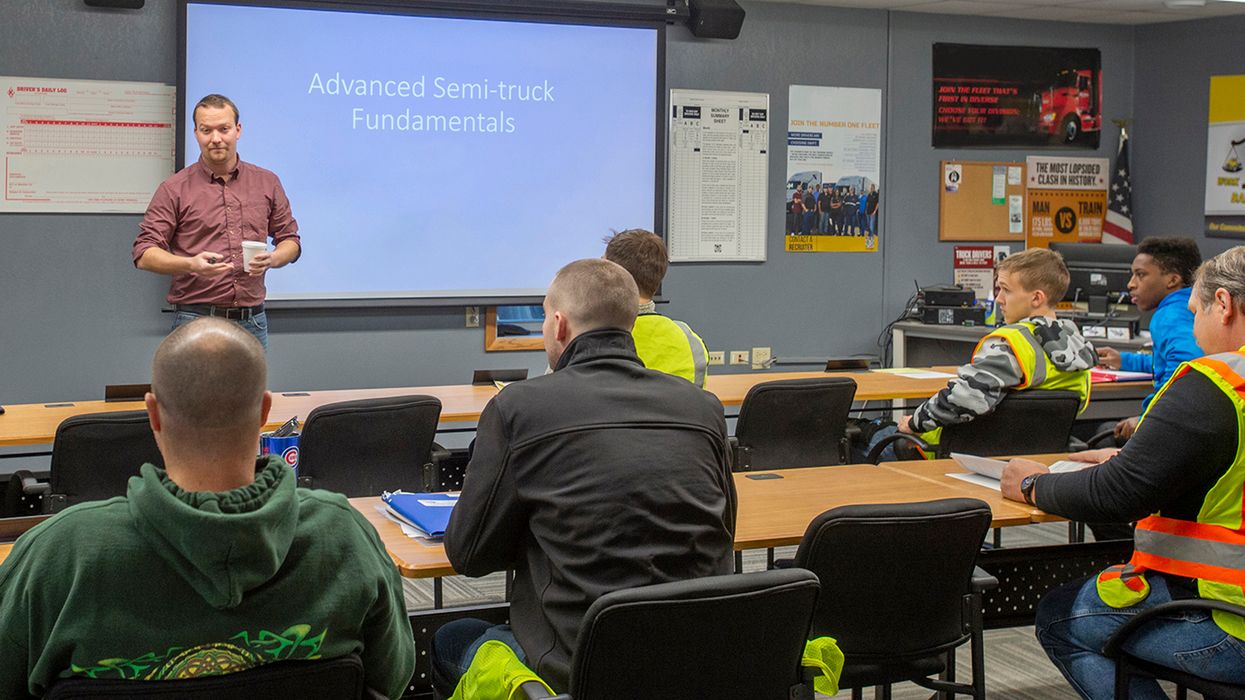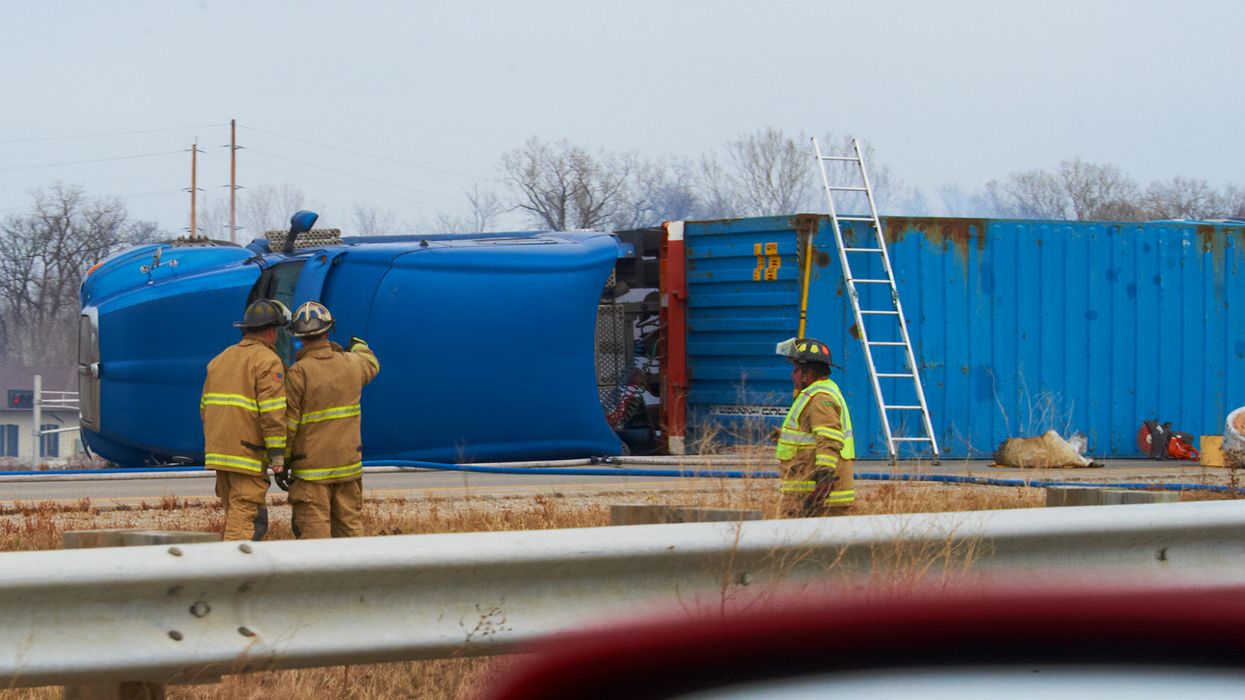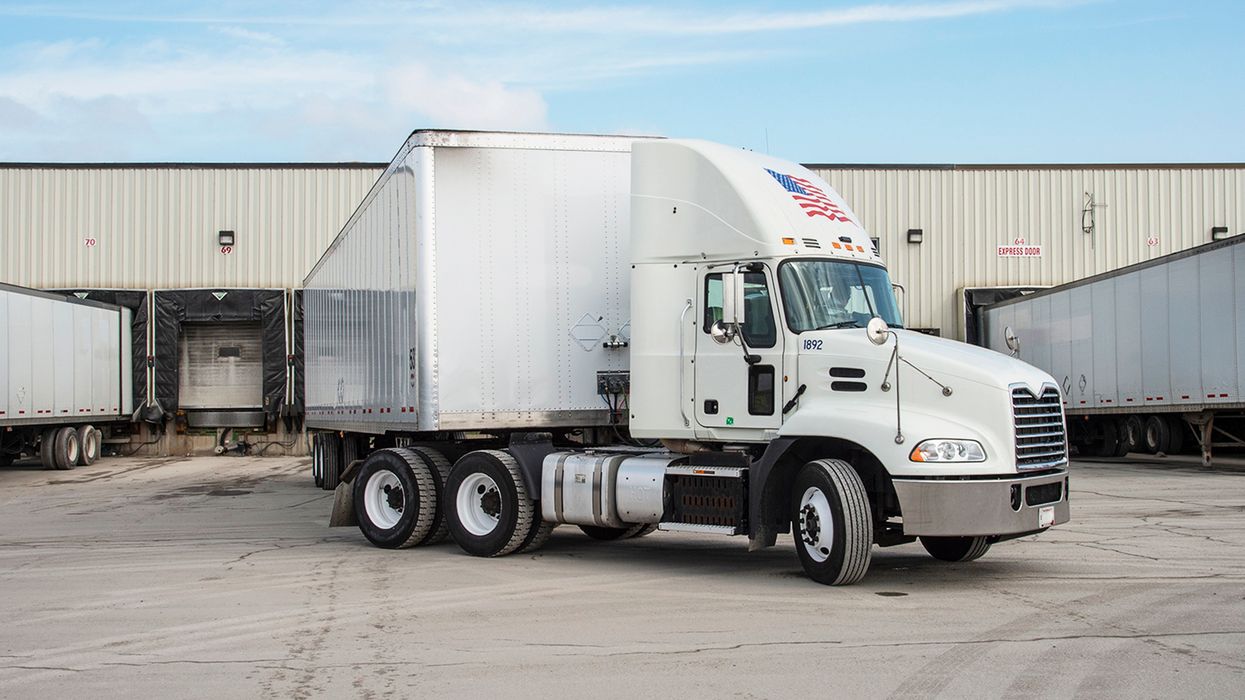Why is it important to be prepared for roadside inspections?
Being prepared for roadside inspections is critical because roadside inspections are a daily occurrence in the industry. Even the safest driver will get chosen for a roadside inspection during their career. It isn’t something to be ashamed of or afraid of. Instead, it's simply a fact of life for anyone who drives a commercial vehicle.
If your drivers are not prepared, they risk being marked out of service. This has several negative effects. First, being out of service means that your driver can’t get back on the road until the problems are resolved. If the problems are with the driver, a replacement will have to come out and finish the delivery. Any way you look at it, being marked out of service is going to upset your schedule and make it more challenging to keep to your deadlines.
Finally, if not prepared for a roadside inspection, it could be argued that you’re not ready to be on the road at all. A truck that can’t pass a random inspection may not be safe to drive. The same goes for drivers who can’t pass their inspections.
What can you do to avoid issues? Here are a few tips to help your drivers navigate through the next roadside inspection.
Always ensure drivers perform a pre-trip inspection
If you invest the time to train your drivers on the importance and how to complete the pre-trip inspection before heading out, they will catch many of the things that can get you in trouble and reduce your chances of being pulled over, saving downtime or an out-of-service violation.
The circle check can also be performed by a person designated by the operator. In that case, the operator becomes accountable for the circle check and the driver may accept or refuse the report.
Remember drivers must always carry a documented pre-trip inspection for the vehicle they’re operating.
Always make sure they’re prepared with the necessary documents
Ensuring your drivers have all their paperwork in order will make the inspection go smoothly. Drivers should keep all applicable documentation up to date, organized, and easily accessible in the cab. Required documents include:
- Driver’s license;
- Supporting documents, such as bills of lading and expense reports;
- Hazmat/dangerous goods documentation if applicable;
- Annual vehicle inspection information;
- Any permit including the International Registration Plan (IRP) cab card, International Fuel Tax Agreement (IFTA) license, etc;
- Electronic logging device (ELD)-related documents;
- Vehicle registration card; and
- Vehicle insurance documents.
Always ensure they know your ELD equipment
Your drivers also need to know how to use whatever ELD equipment is installed in the truck. During a roadside inspection, they will likely be asked to transfer the ELD records to the inspector. Your drivers will also need to know how to certify their RODS as complete and how to annotate them as necessary.
Always keep the vehicle clean
Finally, make it a point that your drivers need to keep the truck clean. A clean truck makes it easier for the inspector to do their job. Keeping the truck clean simply makes it look good in the eyes of the inspector. A clean truck presents your driver as detail-oriented and meticulous, two traits that can help pass inspection.
Key to remember: Helping your drivers be prepared and having a positive, helpful attitude towards the inspector will make a roadside inspection a more pleasant experience, even if the official finds a few infractions.






